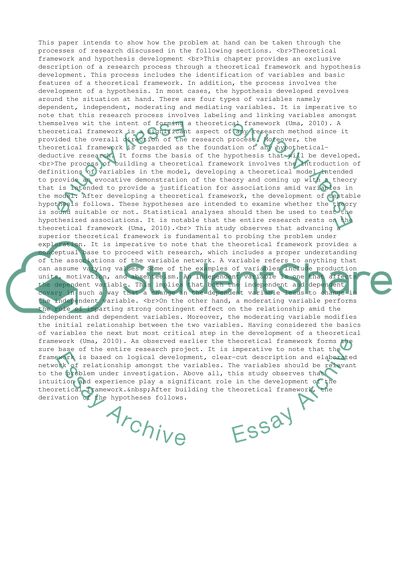Cite this document
(“Business research method Paper Example | Topics and Well Written Essays - 1750 words”, n.d.)
Business research method Paper Example | Topics and Well Written Essays - 1750 words. Retrieved from https://studentshare.org/business/1472252-business-research-method
Business research method Paper Example | Topics and Well Written Essays - 1750 words. Retrieved from https://studentshare.org/business/1472252-business-research-method
(Business Research Method Paper Example | Topics and Well Written Essays - 1750 Words)
Business Research Method Paper Example | Topics and Well Written Essays - 1750 Words. https://studentshare.org/business/1472252-business-research-method.
Business Research Method Paper Example | Topics and Well Written Essays - 1750 Words. https://studentshare.org/business/1472252-business-research-method.
“Business Research Method Paper Example | Topics and Well Written Essays - 1750 Words”, n.d. https://studentshare.org/business/1472252-business-research-method.


